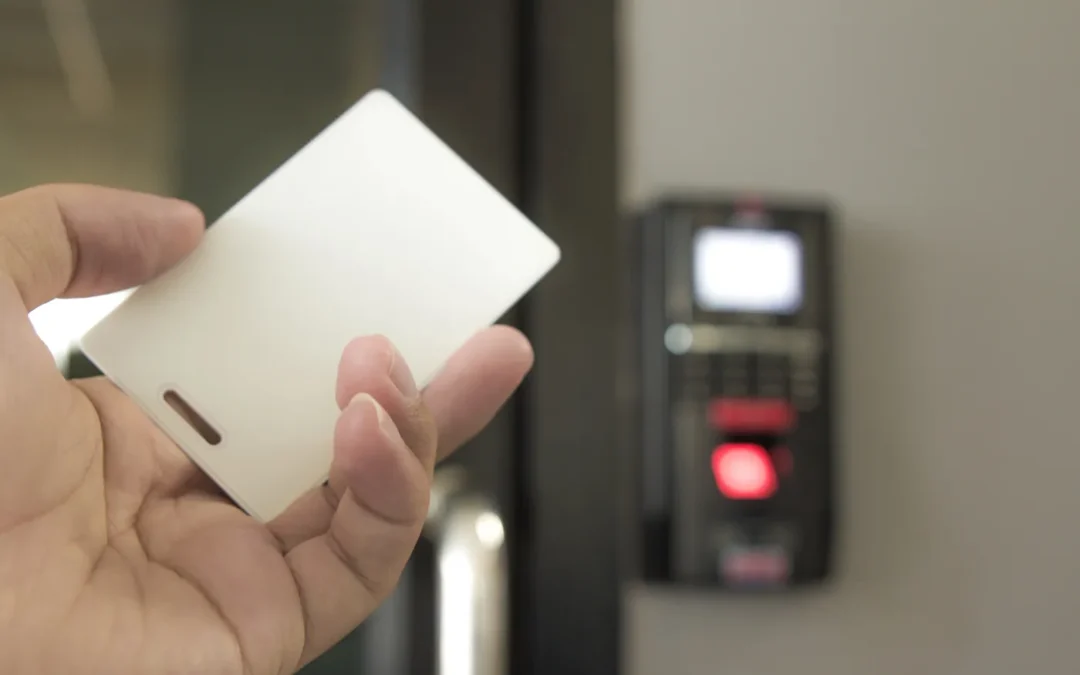Touchless Entry Systems
Post-pandemic workplace demands have accelerated the adoption of contactless access solutions that eliminate shared touchpoints while maintaining robust security protocols. QR code systems generate temporary, authenticated entry passes on employee mobile devices, while RFID-enabled badges provide seamless entry without physical contact. These mobile-enabled platforms integrate directly with workspace booking applications, automatically verifying user credentials and logging entry times for enhanced tracking and accountability.
The technology extends beyond simple door access, with companies implementing comprehensive check-in systems that reserve workstations, meeting rooms, and shared resources simultaneously. A creative agency that deployed touchless entry technology reported significantly faster morning arrivals and reduced reception bottlenecks, demonstrating how these systems improve operational efficiency while addressing hygiene concerns. Smart scheduling platforms further enhance this experience by coordinating space reservations with access permissions, ensuring only authorized personnel can enter designated areas during their scheduled times.
Surveillance and Privacy
Advanced monitoring capabilities now encompass RFID tracking systems that monitor employee movement through office spaces, GPS-enabled check-ins for field workers and hybrid teams operating across multiple locations, and biometric access points utilizing fingerprint scanners or facial recognition technology for high-security areas. These surveillance tools provide real-time occupancy insights, prevent unauthorized access to sensitive data, and maintain comprehensive audit trails for compliance purposes.
However, the implementation of pervasive monitoring raises significant questions about workplace privacy boundaries and potential impacts on company culture. Organizations must navigate the delicate balance between enhanced security measures and employee trust, requiring transparent communication about data collection practices, storage protocols, and usage policies to prevent surveillance systems from undermining workplace relationships and morale.
Balancing Security Measures
Finding the optimal equilibrium between comprehensive security protocols and employee autonomy requires transparent implementation strategies and clear communication frameworks. Successful organizations establish explicit policies detailing how monitoring data is collected, stored, and utilized, while ensuring compliance with evolving digital privacy regulations that govern workplace surveillance practices.
The most effective security implementations prioritize user experience alongside protection measures, creating systems that enhance daily workflows rather than creating friction points. Companies must avoid fostering distrust through excessive monitoring by focusing on security measures that employees perceive as protective rather than intrusive, ensuring that advanced access control technologies contribute to a positive workplace culture while maintaining robust data protection standards.

